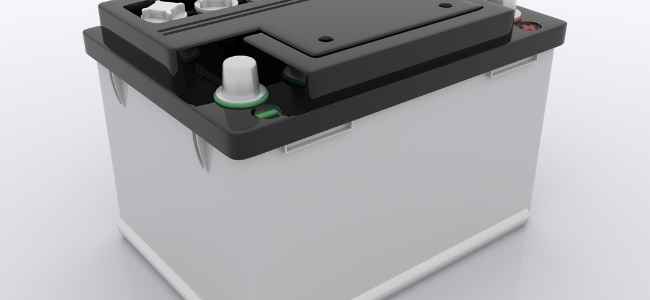Certain terms can create confusion and individuals may end up making the wrong choices. Vehicles end up stranded without batteries and the wrong choice of a battery may impact the performance of a vehicle. It is therefore essential to understand more about batteries which will help in making an informed decision. Here is a look at the main differences between a 100Ah deep cycle battery and a regular lead-acid battery. While individuals wo own specialist vehicles such as recreational vehicles or boats, may have adequate knowledge about deep cycle batteries, others may not be fully aware of the batteries. Here is a look at the difference and the use cases.
Where is a100Ah deep cycle battery used?
100Ah deep cycle battery is typically used in recreational vehicles, boats, golf cart and solar powered systems. In solar powered systems, the concept is relatively advanced – wherein the power captured from the solar panels are stored in the deep cycle batteries and this is then used for powering end user requirements in the nights. During the day, the power is from the solar systems and during the nights, the power is from the batteries. Standby power systems also rely on deep cycle batteries to power the invertors and these systems are steadily replacing the gasoline powered generators. Deep cycle batteries are a natural choice for emergency power systems, due to the manner in which the batteries deliver power. This specifically meets the requirement of emergency power systems.
Are there differences in the primary components of deep cycle and regular batteries?
The answer is no. Regular car batteries and deep cycle batteries are both lead acid batteries and the overall operation of both are the same. The difference is in the manner in which the deep cycle battery optimizes the designs.
Let’s look at how a car battery works.
A typical car battery is intended to deliver the required current for a period of time that is not long in duration. The requirement is effectively only for a shorter duration. It is more like a need based requirement – where the surge in the power is necessary for the engie to crank up. After the engine starts, the power requirements are met by the alternator. The design is also intended to meet this requirement – thin plates are used to generate more current. Effectively, this means that a car battery is designed to only supply power for a limited period of time. To put this differently, a car battery may complete its lifecycle without ever having been drained of more than one fifth of its battery capacity. This is precisely why a car battery typically lasts for a long period.
Let’s look at how a deep cycle battery works.
The purpose of a deep cycle battery is to deliver steady power over a lengthy period of time. This contrasts sharply with a typical car battery that delivers more power a very short period of time. While a deep cycle battery can also deliver the burst of power required, the requirement is not typical like that of car batteries. By virtue of the need for discharging the battery repeatedly, the deep cycle battery comprises thick plates. This is different from that of a car battery which uses thin plates. The cycle of multiple deep discharges is suitable only for a deep cycle battery and not a typical car battery.
How are batteries rated?
Now that we have had an overview of car batteries and 100Ah deep cycle battery its time to understand the ratings of batteries. Car batteries are rated in two different ways – CCA and RC. CCA, acronym for Cold Cramping Amps rating refers to the number of amps that can be produced by a car battery for a period of 30 seconds when the temperature is 0 degrees C. The second rating RC, acronym for Reserve Capacity refers to the amount of time that the battery can supply 25 amps of power when maintaining the voltage above a minimum of 10.5 volts.
On a comparative scale, deep cycle batteries have thrice the reserve capacity of car batteries. However, when it comes to the cold cramping amps, a deep cycle battery will have only around 50% of the capacity of the car battery.
